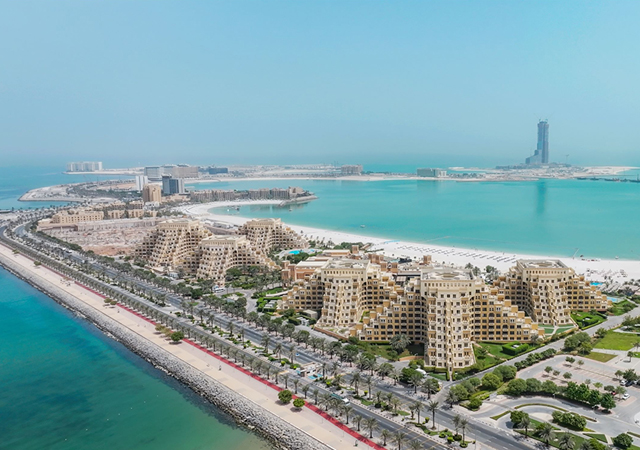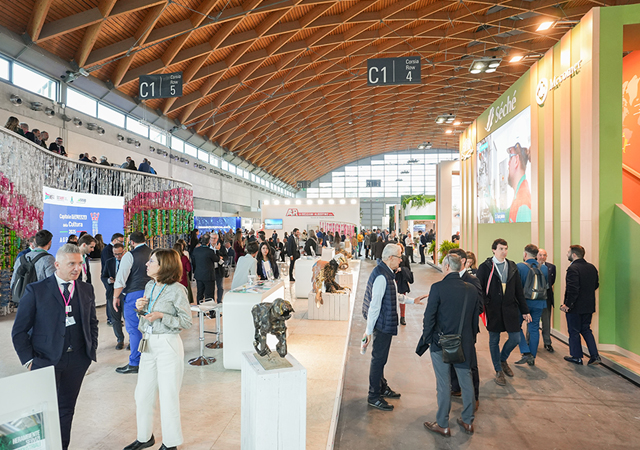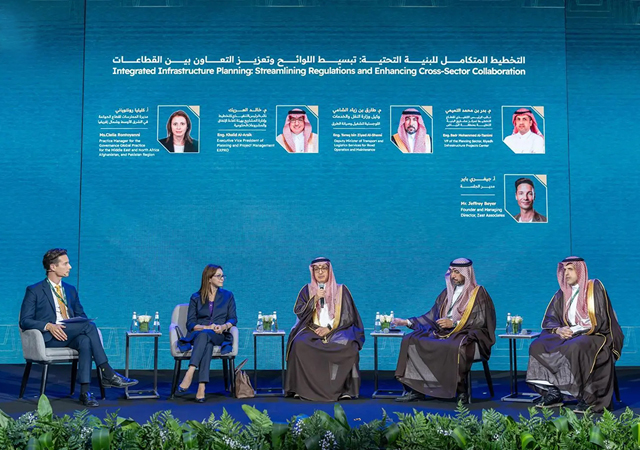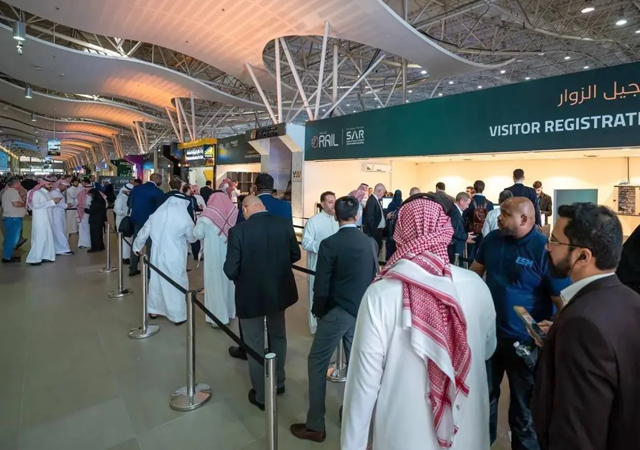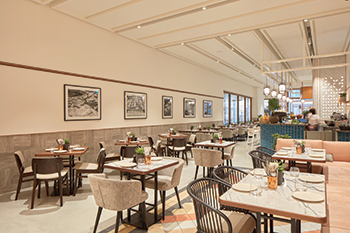 The use of wood throughout in the furniture gives Asma a modern heritage look.
The use of wood throughout in the furniture gives Asma a modern heritage look.
Inspired by their mother’s passion for cooking, three Emirati entrepreneur siblings have set up a new restaurant in Dubai, UAE, which offers diners an authentic and nostalgic experience of the Middle East within an environment that echoes the traditional kitchens of the region.
Asma, the new Middle Eastern restaurant that opened at The Dubai Mall early this year, has been designed by H2R Design, an award-winning London and Dubai-based firm.
According to a spokesman for the firm, the design theme of the 220-sq-m Asma pays homage to traditional kitchens of the region with a modernised and contemporary twist. Asma embodies the roots of classic Middle Eastern home cooking and the restaurant is designed to look as homely and welcoming as possible.
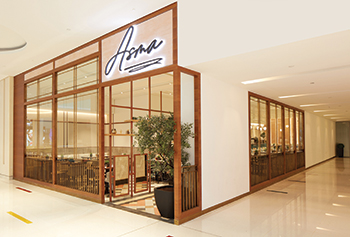 |
|
Asma pays homage to traditional kitchens of the region with a modernised and contemporary twist. |
“With the idea to share their mother’s food with the world, the Emirati siblings wanted the design of the restaurant to reflect their mother and her actual home with an inviting spirit offering diners an authentic and nostalgic experience,” the spokesman says.
To achieve this, H2R Design designed a space that is timeless but can also be perceived as a modern heritage site. Blue Camel was the interior contractor on the project.
“The design had to include detailing and materials that are distinctive to the Arabian home, yet functional for a modern dining establishment. With these requirements at the forefront of their design journey, H2R Design studied kitchens of the past and brought the elements, textures, and tones together to create an all-embracing modern-day design to Asma,” the spokesman says.
Minute details are evident throughout the space, such as the copper detailing, linking the space to a conventional home kitchen with Arabic coffee pots, pans and large serving plates visible. Terracotta tiles decorate the concrete floors that act as a tribute to old-style Middle Eastern kitchens while the wooden profile strips on the walls tie the space together.
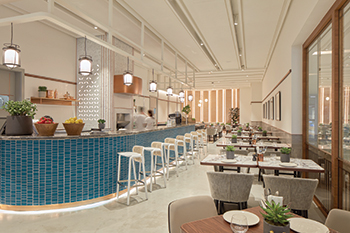 |
|
The long and slim unit accommodates a full-service kitchen. |
In addition to creating a homey ambiance within a mall unit, H2R Design had to refit and redesign all of the space to eliminate any of its historical retail remnants.
Some of the major changes required included raising the floor for piping to be introduced, particularly for the bar and kitchen area. However, the majority of the floor space had to be raised to ensure that the space functioned structurally and flowed seamlessly.
Taking into consideration diners with special needs, a floor level area was also sectioned off to create comfortable access.
When entering the restaurant, diners go through a foyer that gives Asma a “sidewalk café-style effect where people can sit by the shopfront and have conversations as other shoppers stroll by.
The shape of the unit, which is long and slim, created a challenge in accommodating a full-service kitchen. “The aim was to make the kitchen a focal point with strategic access for operational tasks, as access to the back-of-the-house area was not readily available,” the spokesman explains.
Given the underlying concept was to depict a traditional home, with the kitchen at the heart of the project, H2R Design chose to use a bold colour in the visible front-of-the-house section and the bar reinforcing the prominence of the area.
Petrol blue tiles cover the bar’s exterior layer and stand out to bring a strong pop of colour into the overall space. While it is a striking colour, the petrol blue tiles are also muted to blend into the neutral and desaturated background.
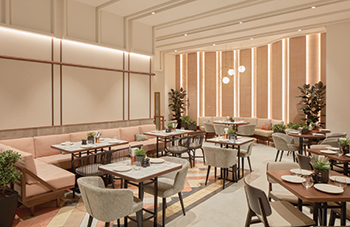 |
|
Bespoke banquette seating with salmon pink, muted yellows and oranges bring warmth. |
Copper detailing is an important element throughout the design, with sections of it seen either at the bottom of the bar, the pizza oven, the shelving or across the table centerpieces. The copper plays a subtle role, linking to old-style kitchen utensils and is a recurring motif in Asma’s design concept.
H2R Design also took into consideration seating and finding clever ways of maximising the capacity in an elegant and harmonious way. A seamless flow of seating needed to be designed surrounding the centrally-placed kitchen while not segregating the various spaces between the bar, banquette dining area and the movable tables and chairs. This was achieved by moving the entrance foyer and by adding middle and back seating.
At the far and back end of the restaurant, H2R Design added terracotta backlit panels highlighting a semi-private seating area. With the use of the warm light, shadows and curves, this seating area softens the long dimensions of the overall space.
The wood wicker chairs at the bar give the space a contemporary feel, adding more warmth, while contrasting against the pavement and concrete flooring and the marble countertops.
Meanwhile, the use of wood throughout in the furniture as well as the profile strips on the wall give Asma a modern heritage look, tying the space together. This helped keep the space naturally connected despite having a kitchen in the centre.
Bespoke banquette seating with salmon pink, muted yellows and oranges also bring warmth adding to the relaxed dining experience.
Artwork was also carefully selected to further articulate Asma’s cultural concept of an authentic Middle Eastern kitchen. Images depicting a range of Jordanian, Egyptian, Lebanese, Syrian and Emirati scenes are spread across the restaurant, adding to the Arabian flavours and flair.
The addition of plants and accessories on shelving were also meticulously selected to complement the genuine charm of the space adding to the humble and welcoming ethos.



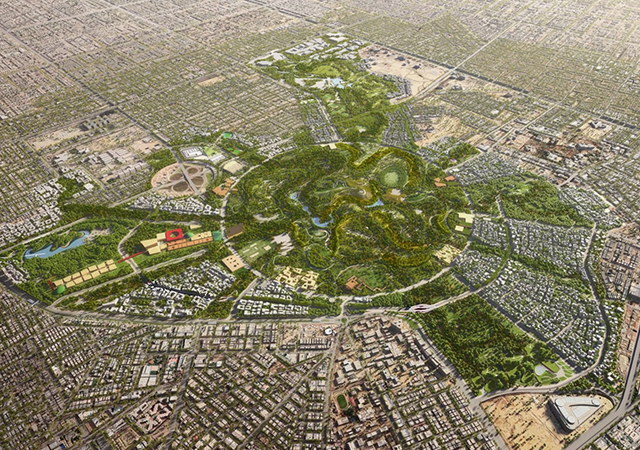
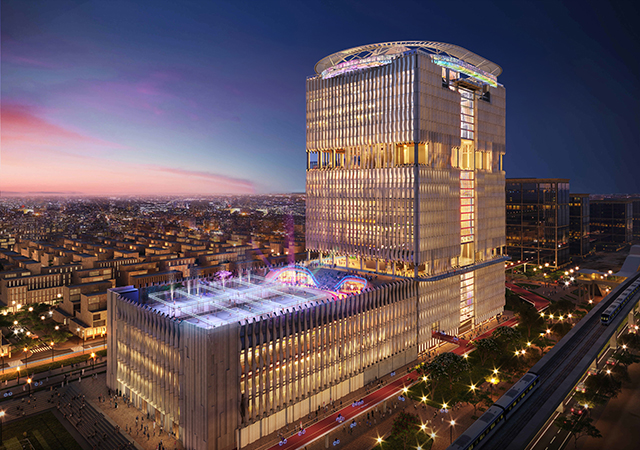
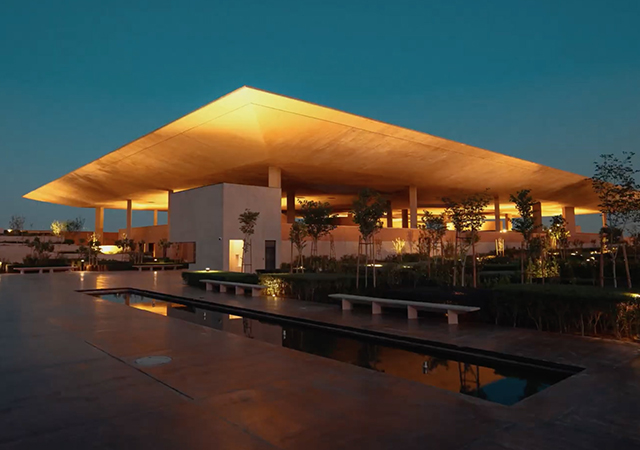
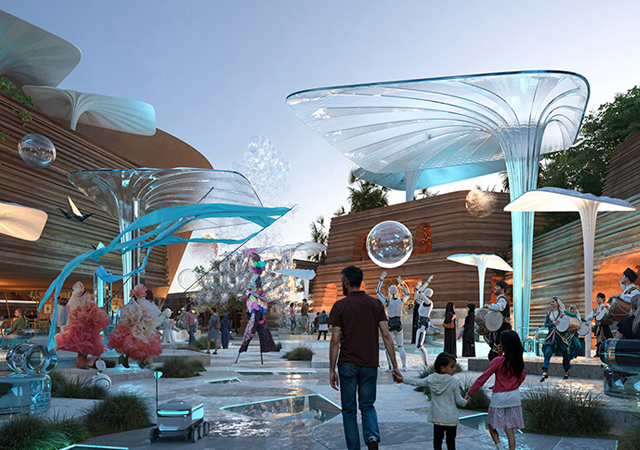
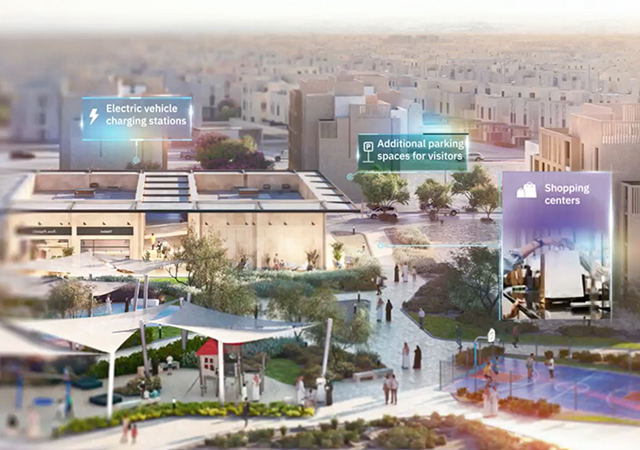
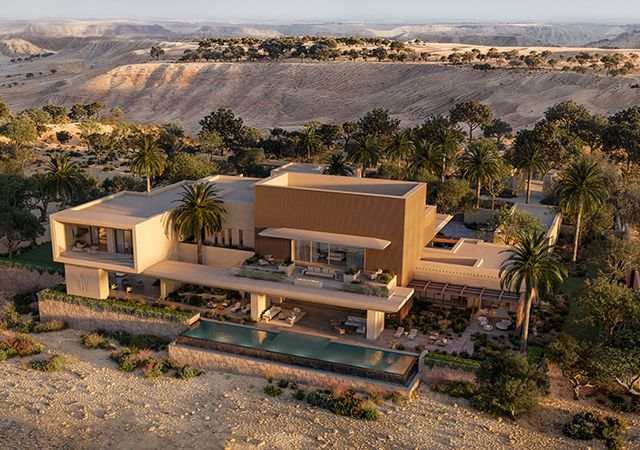
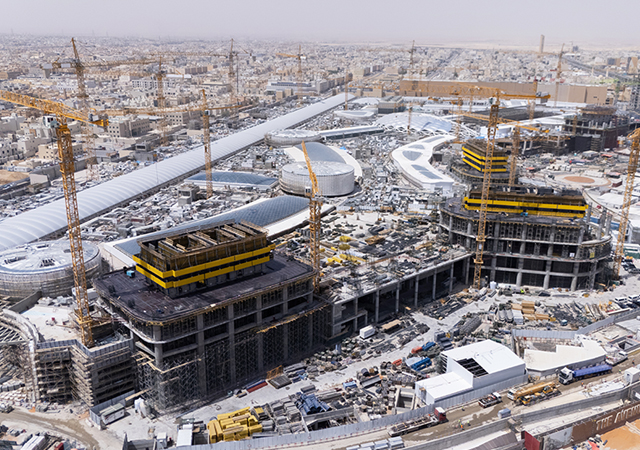
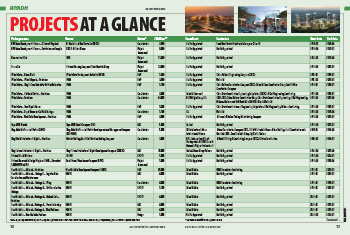
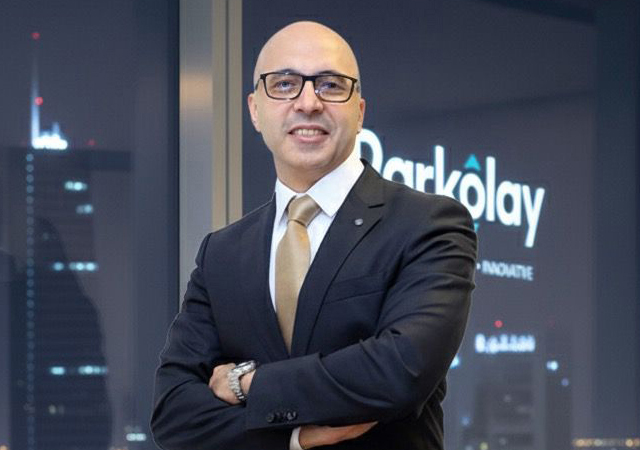
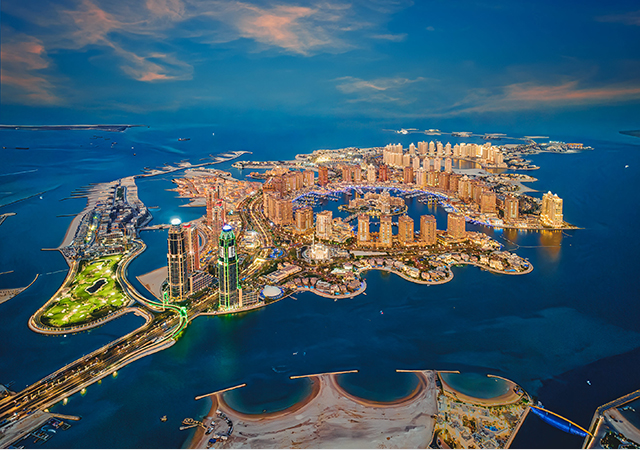
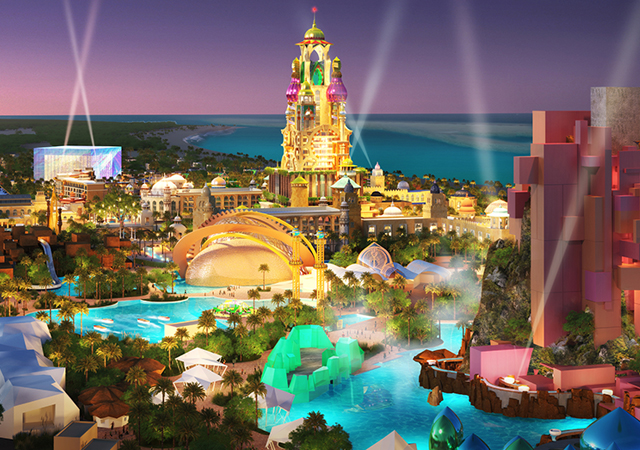
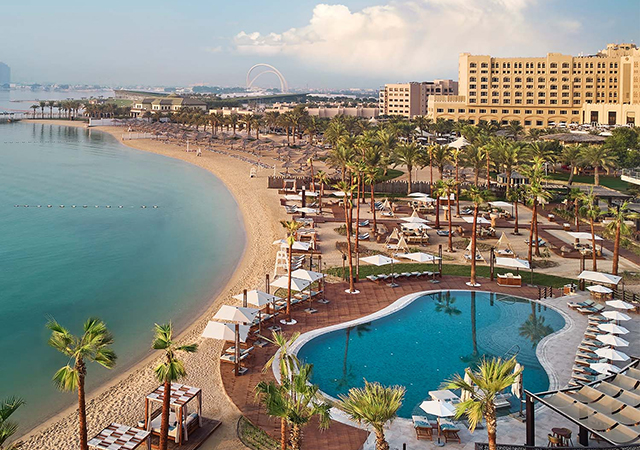
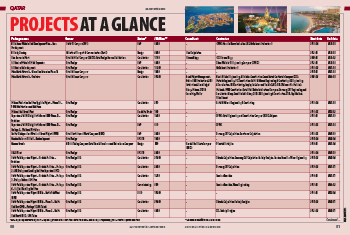
.jpg)
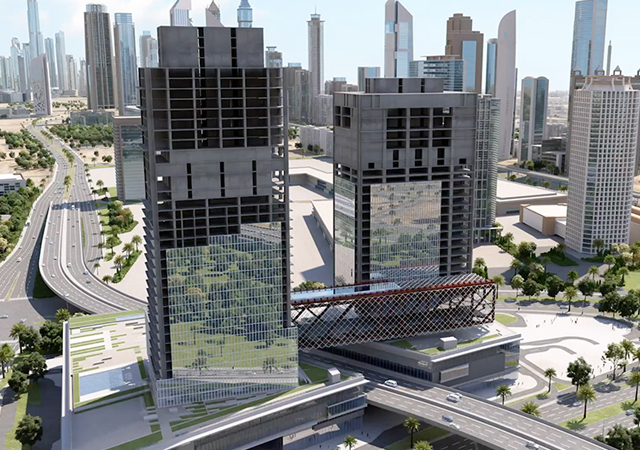
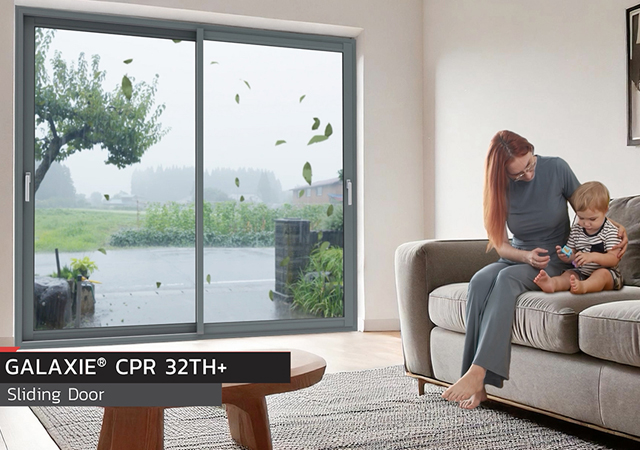
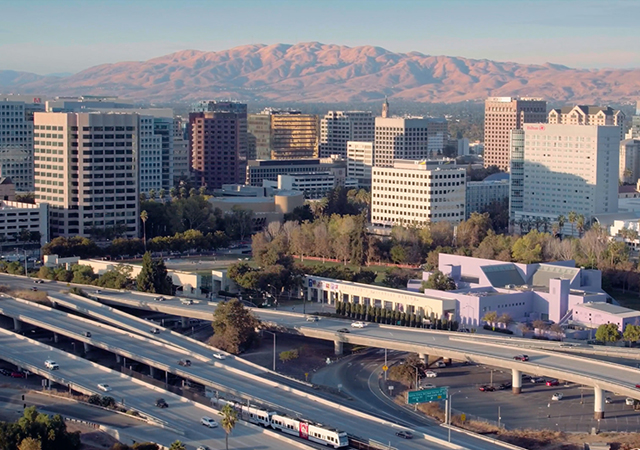
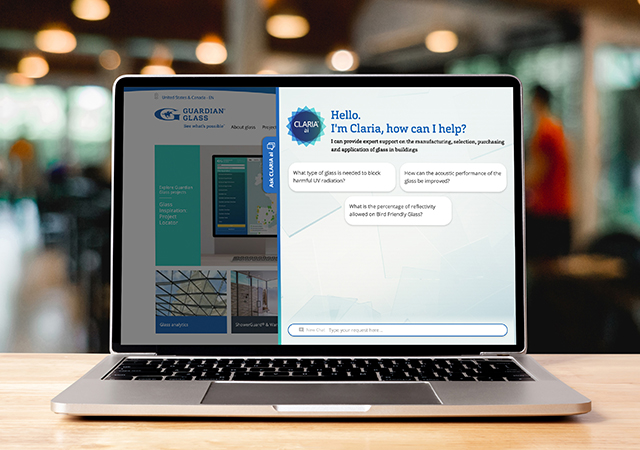


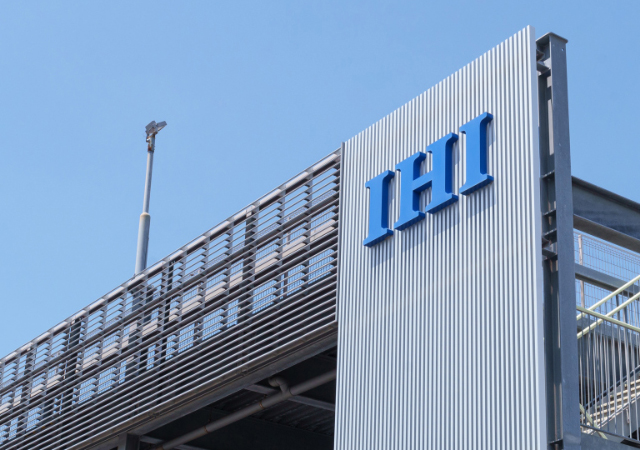
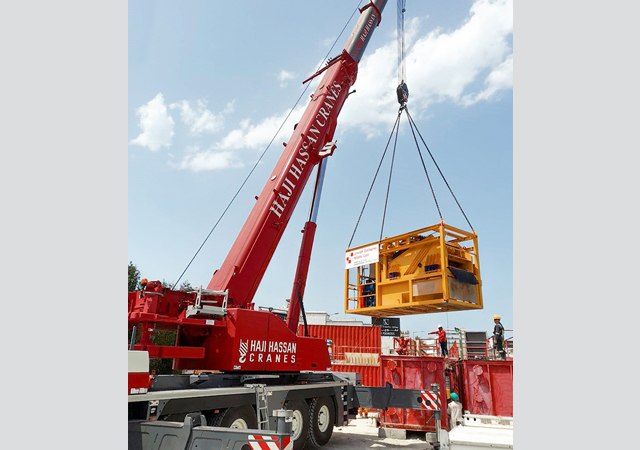


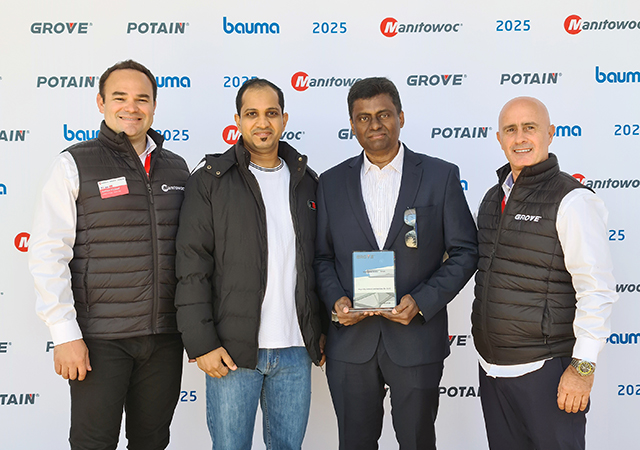

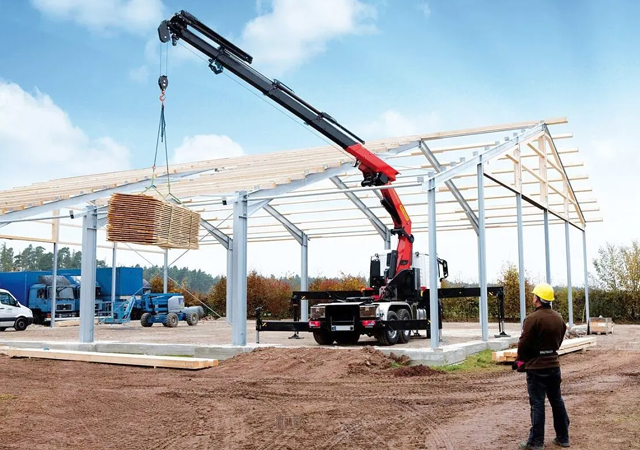
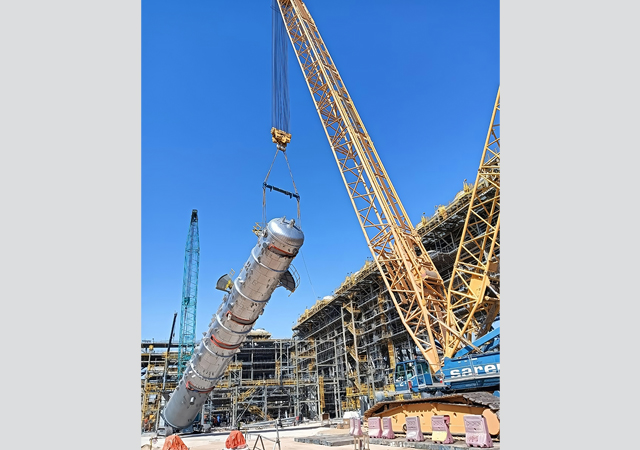
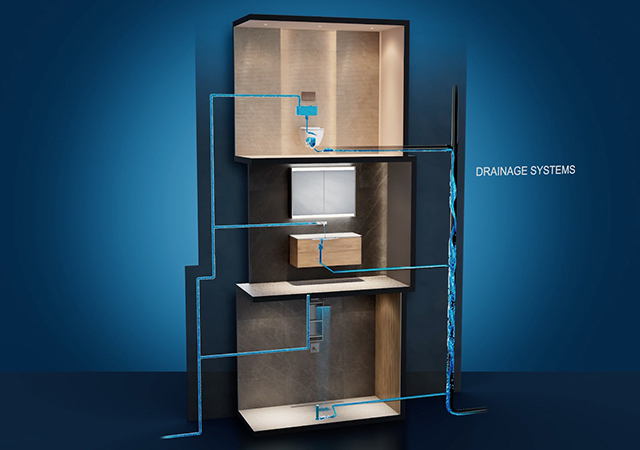
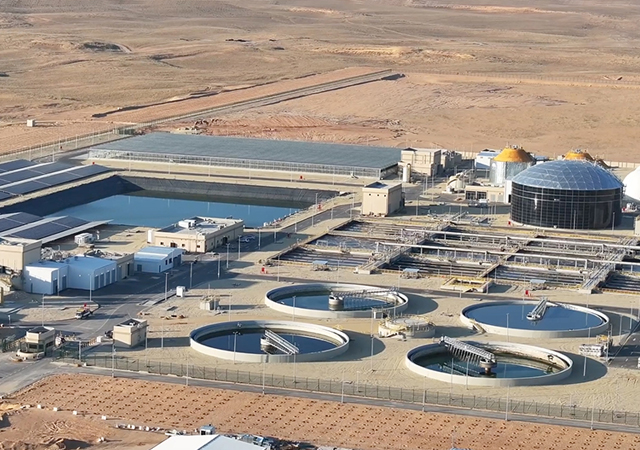


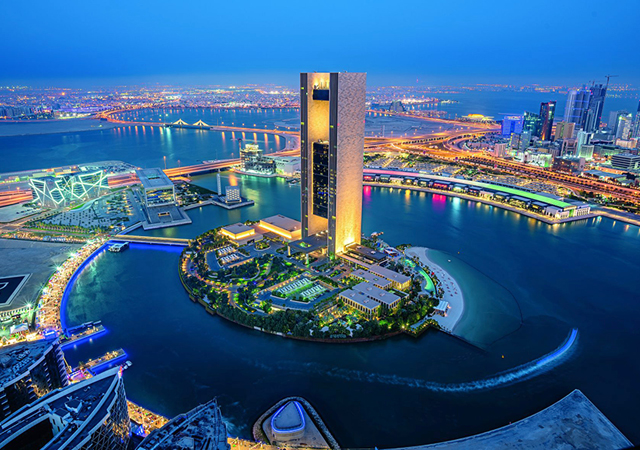

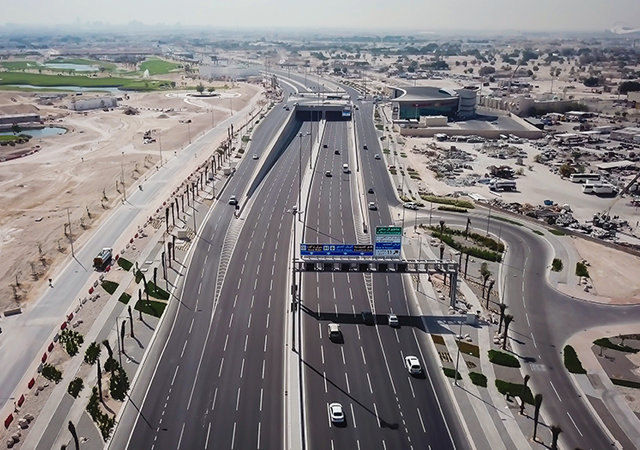
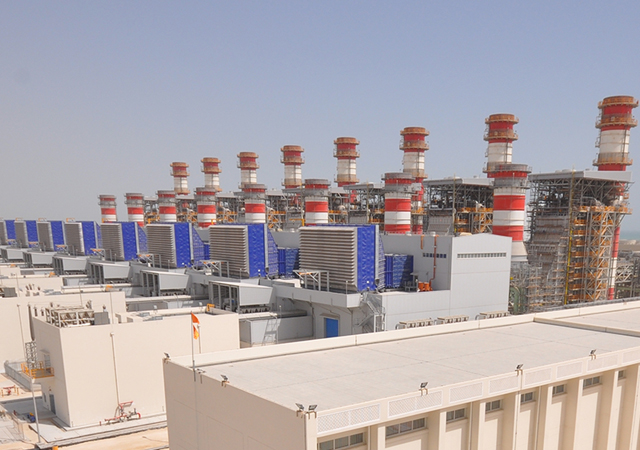

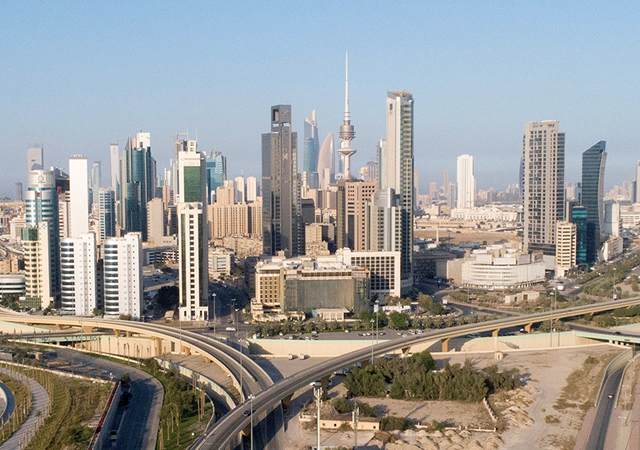
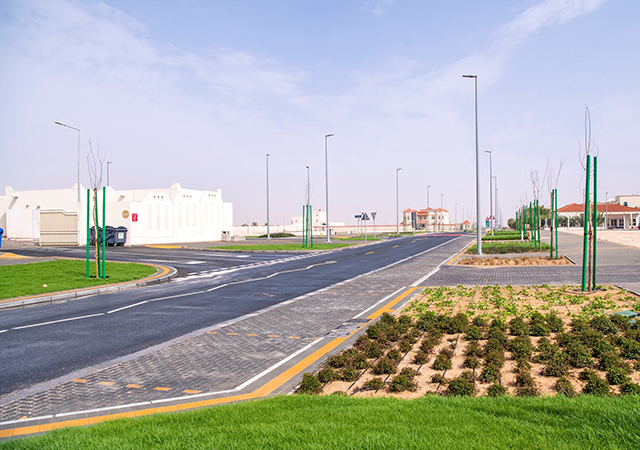
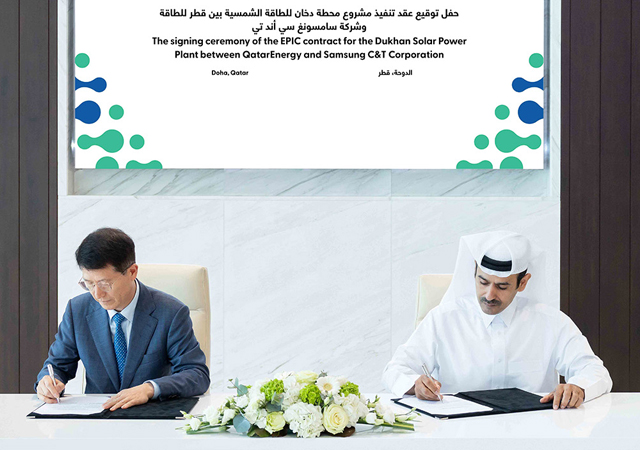
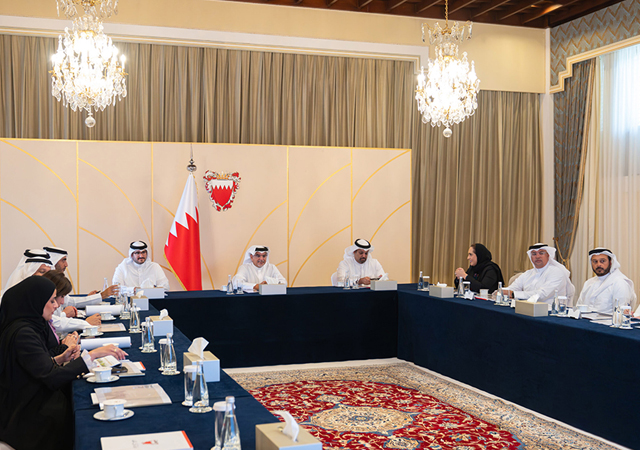



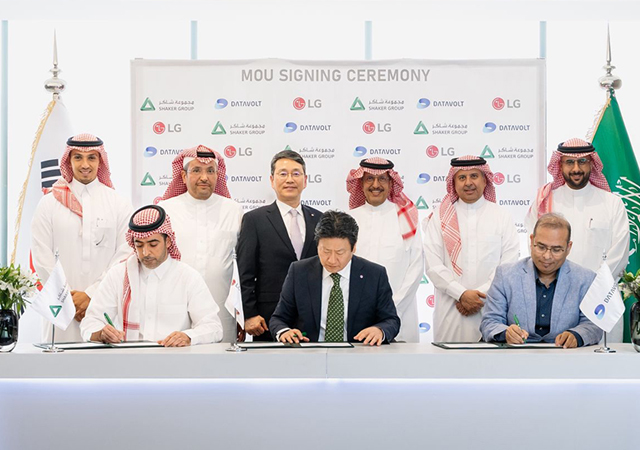
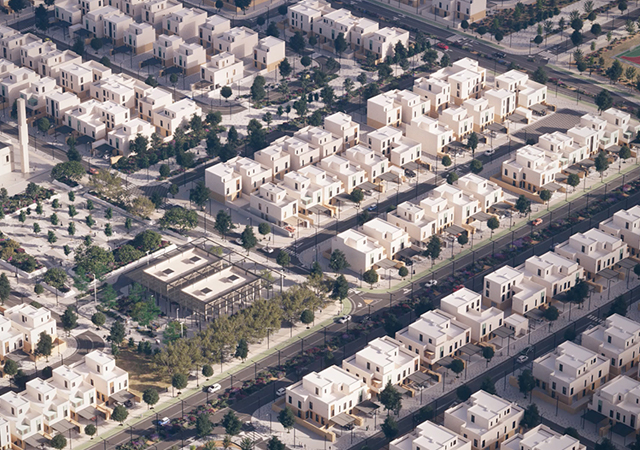
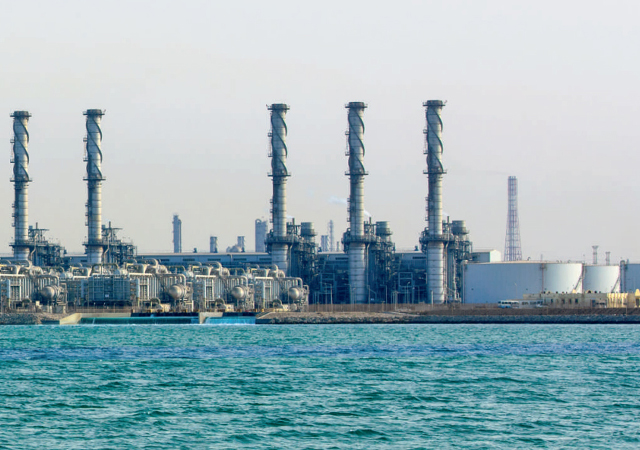
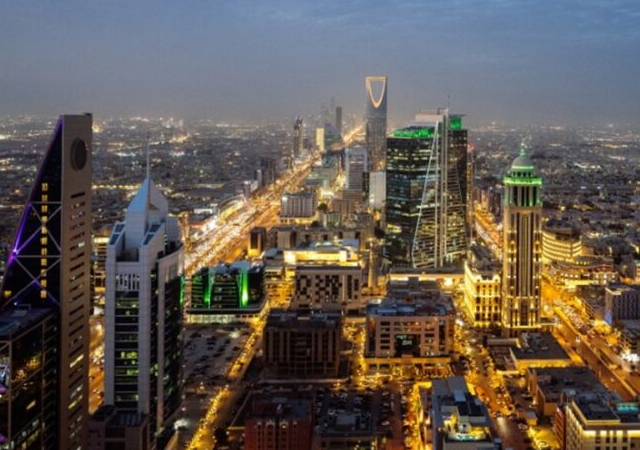


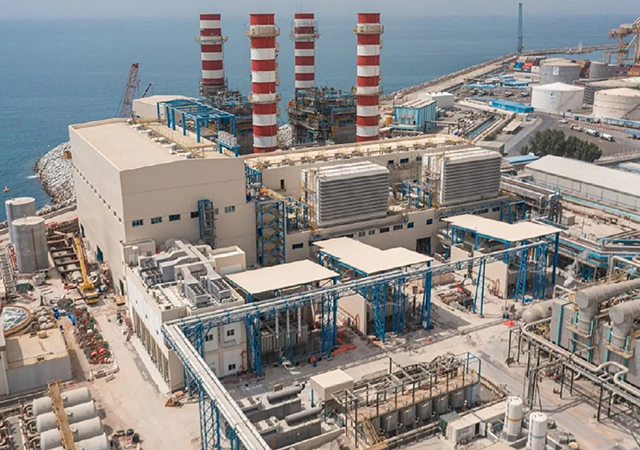
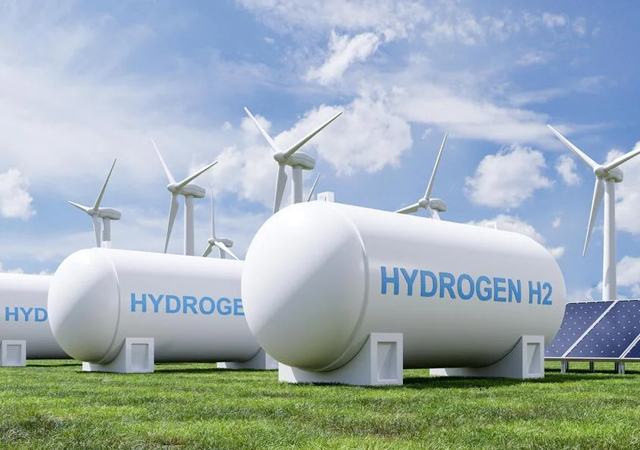

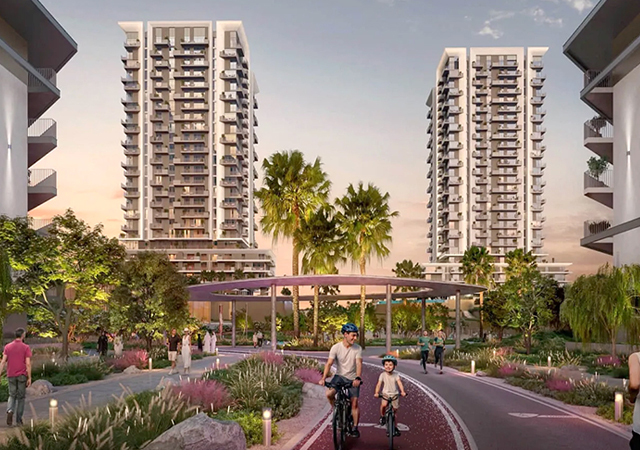
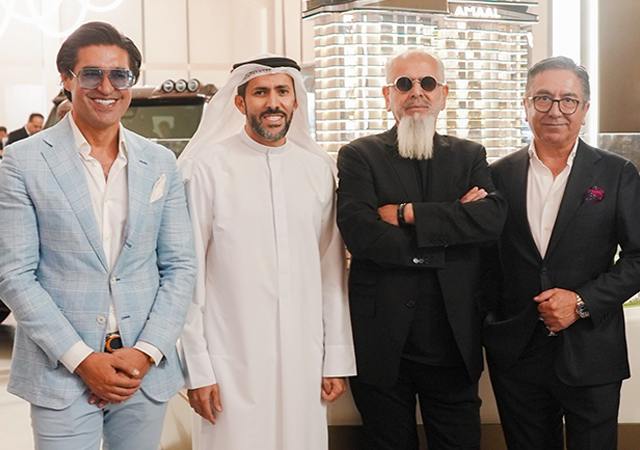
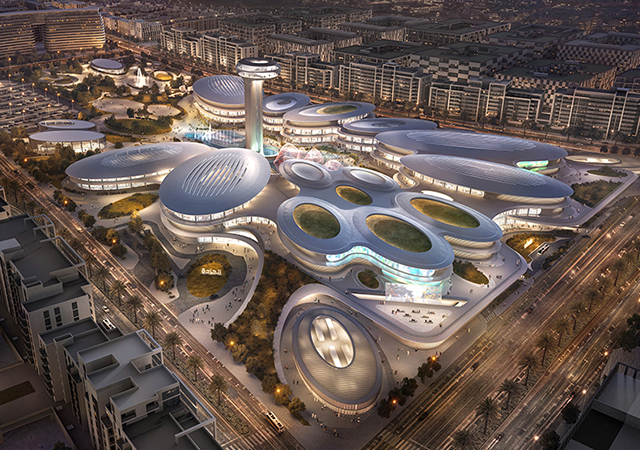
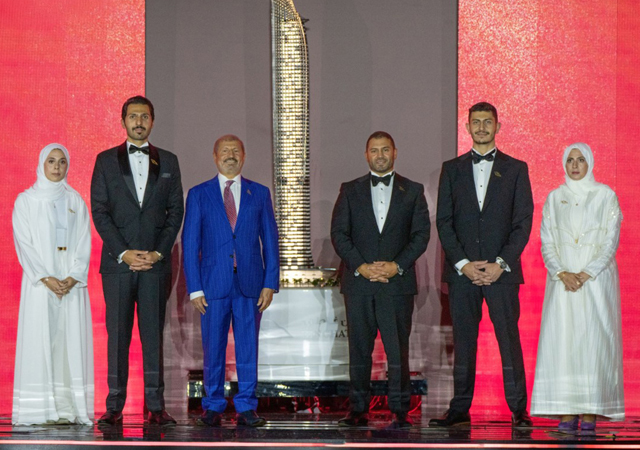

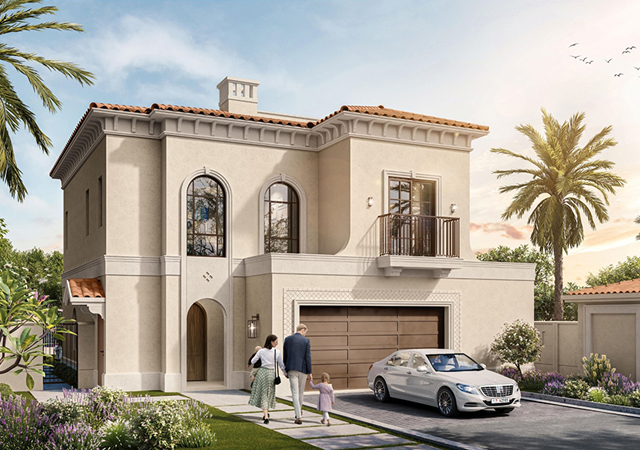
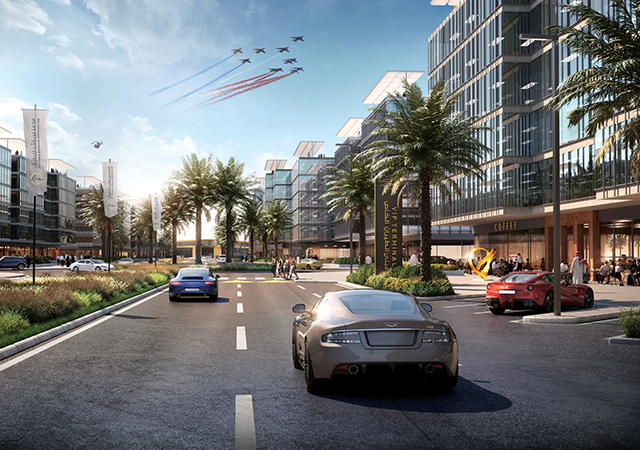
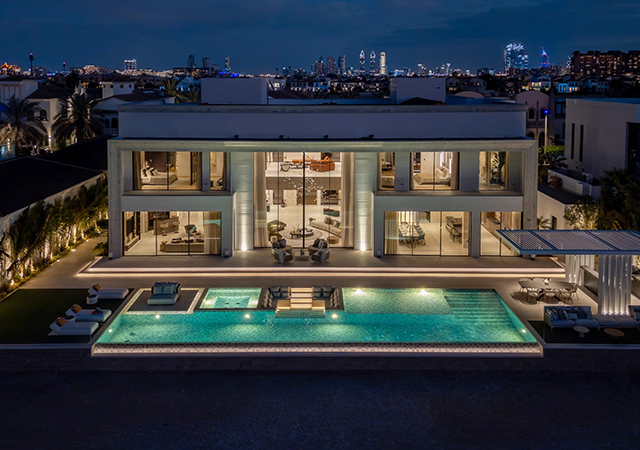
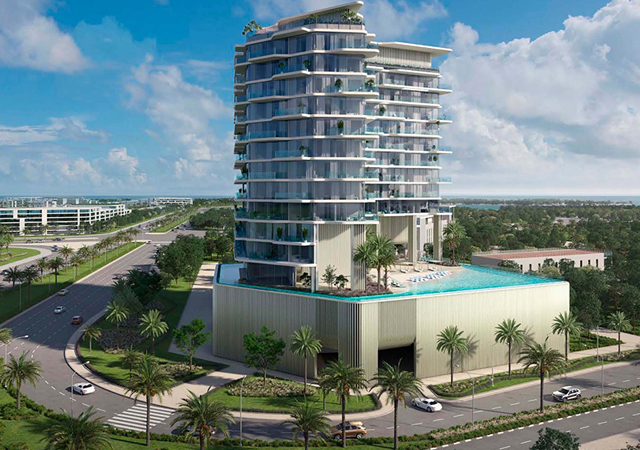
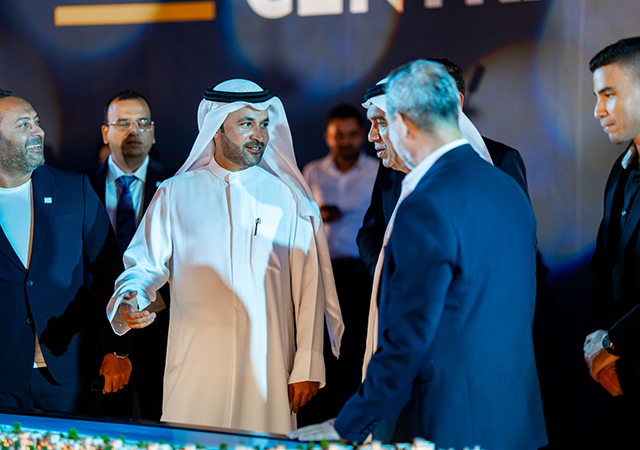

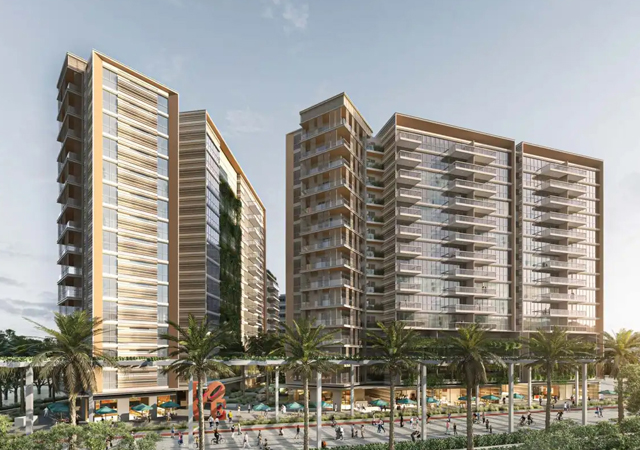
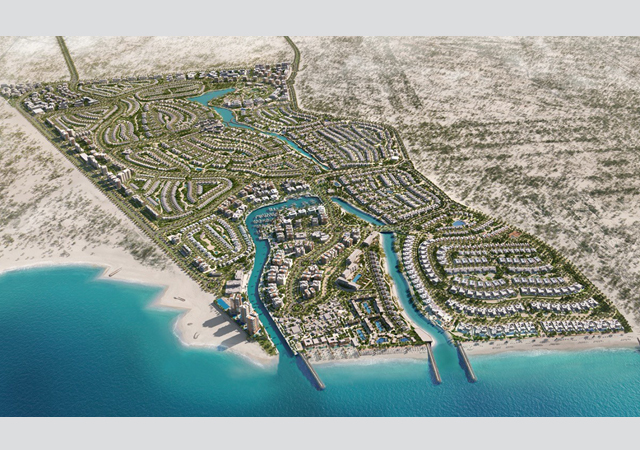
.jpg)

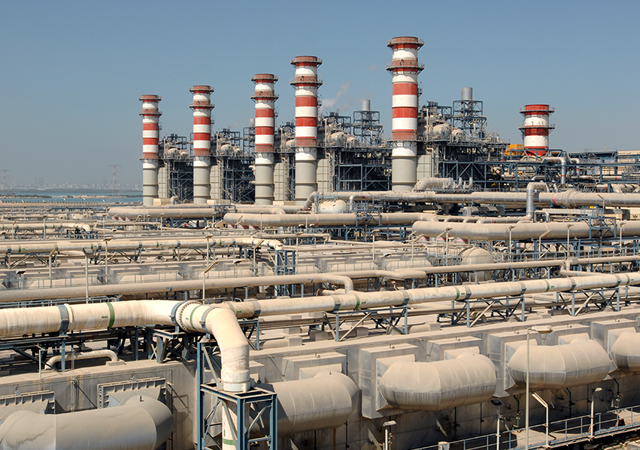
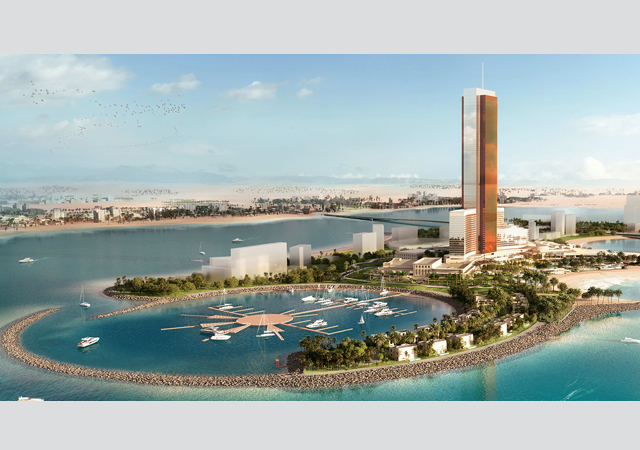

.jpg)
